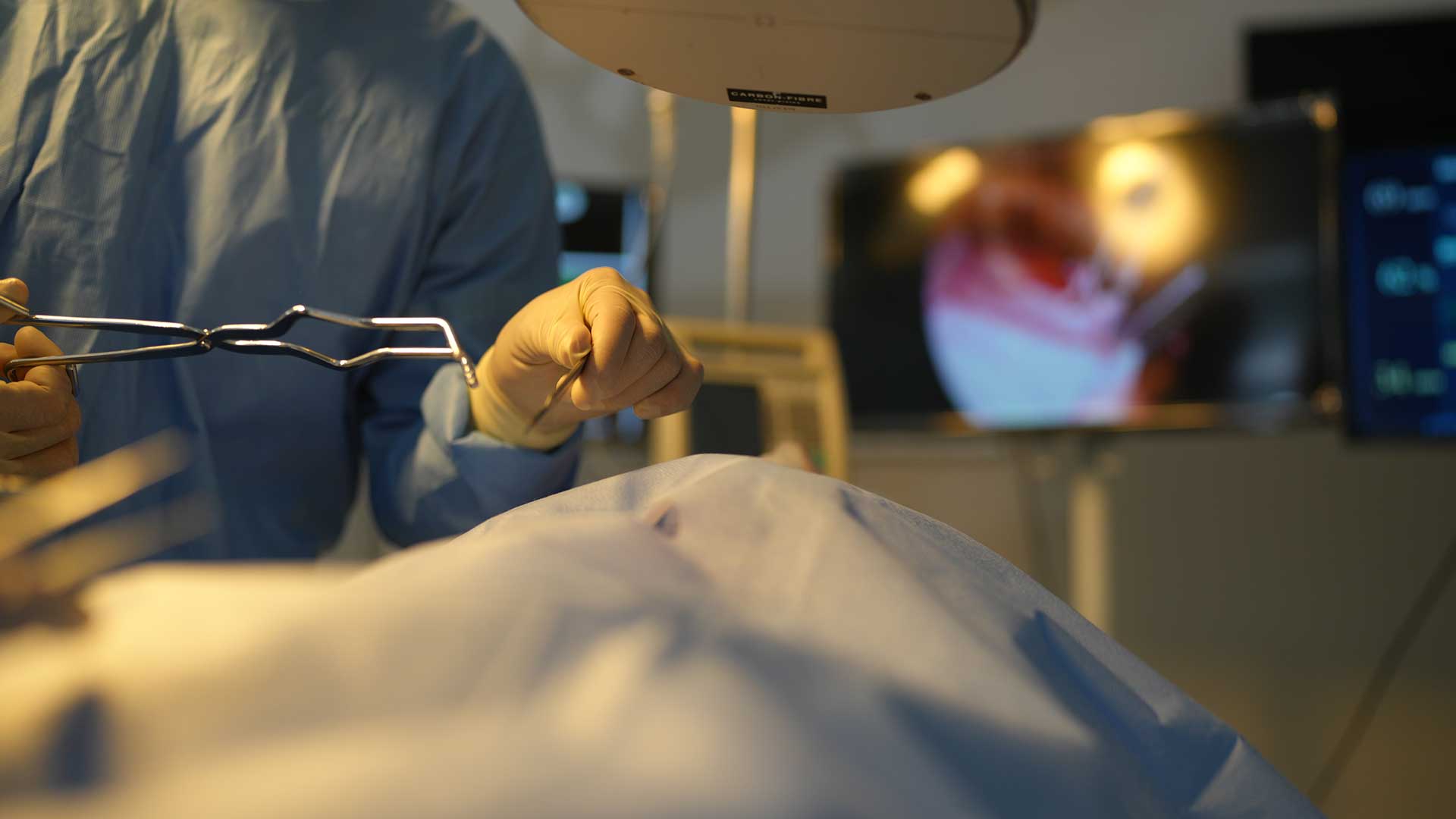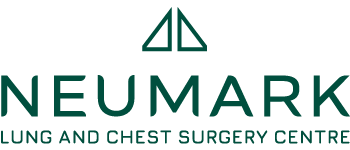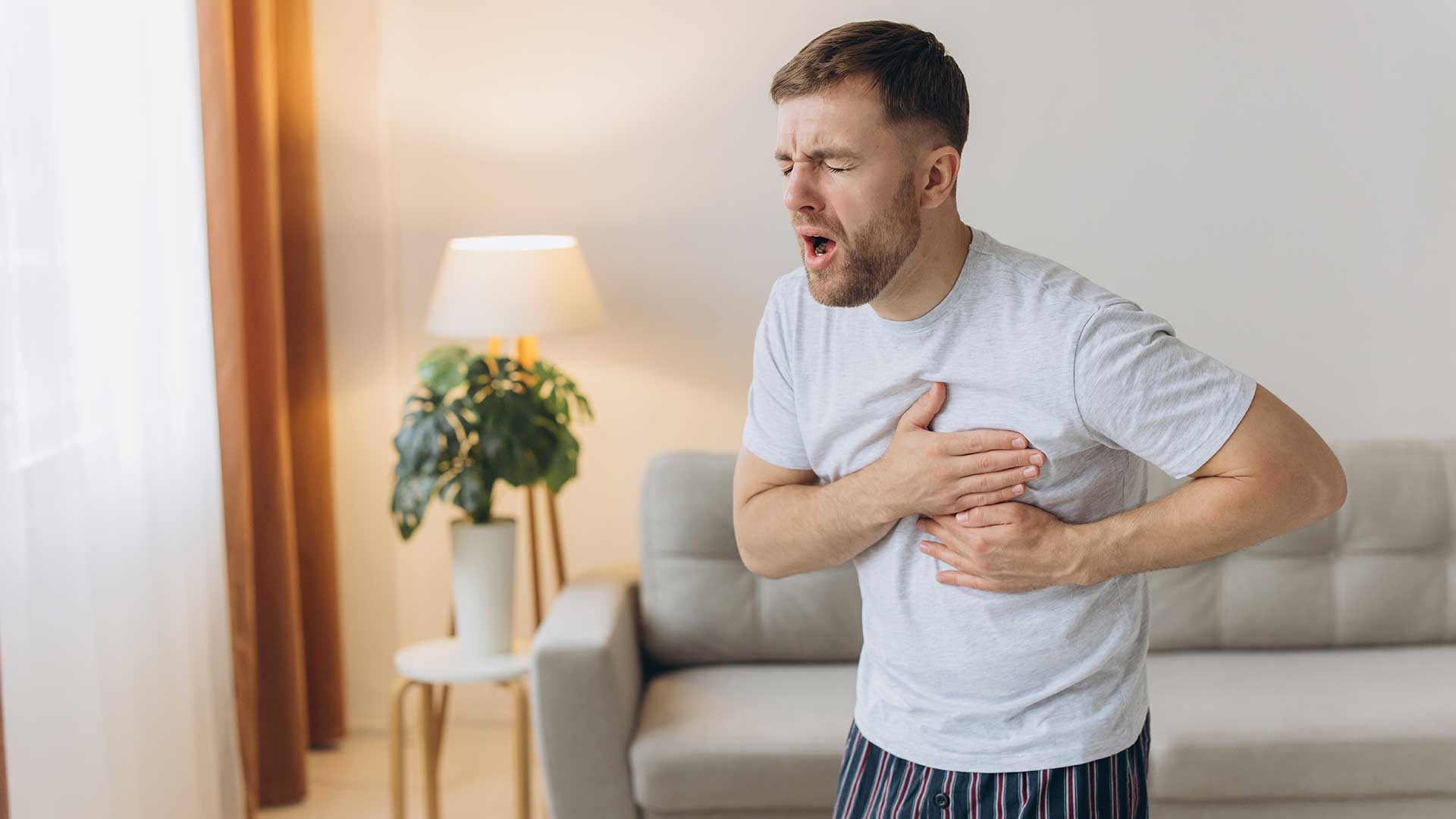Imagine going about your day, maybe reaching for that top shelf or laughing at a friend’s joke, when suddenly there’s a sharp pain in your chest. Breathing becomes difficult, pain is rising, and you’re not sure what’s happening. This scenario might sound dramatic, but for those who’ve experienced spontaneous pneumothorax, it’s all too real.
Spontaneous pneumothorax is the scientific term for a strange phenomenon in which your lung suddenly collapses. What makes it spontaneous is that it’s often triggered by nothing — no traumatic injury, accident, nothing. Even though this may sound bizarre, our Neumark Lung & Chest Surgery Centre team has seen their fair share of these cases.
First, let’s clear up a common misconception. Not all spontaneous pneumothoraces are the same. There are two main types: primary spontaneous pneumothorax and secondary spontaneous pneumothorax. The primary type typically occurs in tall, thin young adults with no apparent lung disease.
Secondary spontaneous pneumothorax, on the other hand, is the uninvited guest that shows up when you already have an underlying lung condition like COPD or cystic fibrosis.
Symptoms of Spontaneous Pneumothorax
So, how do you know if you’re dealing with a spontaneous pneumothorax? Spontaneous pneumothorax symptoms vary, but most people experience the following:
- Sudden Chest Pain: Pain can come in a lot of different forms. For spontaneous pneumothorax, it feels like a sharp, unexpected pain striking your chest, like a vice suddenly tightening around your lung, or a sharp pinch deep inside that catches you off guard with each breath.
- Shortness of Breath: It’s as if you’ve just sprinted up a steep hill, but you’re only sitting still. You find yourself gasping for air, each inhale feeling shallow and unfulfilling, leaving you dizzy and panicked, struggling to catch a full breath. This is part of what makes spontaneous pneumothorax so scary. You’re not only in pain, you’re struggling to understand what could be happening.
- Persistent Dry Cough: A relentless, dry cough that lingers, like a persistent itch at the back of your throat that you can’t quite scratch. It keeps coming back, interrupting your thoughts, making it hard to concentrate or relax.

But here’s the kicker – some folks might only feel a little off, especially if it’s a small collapse. That’s why it’s important to pay attention to your body and not brush off persistent chest discomfort.
Treatment and Management of Spontaneous Pneumothorax
When it comes to spontaneous pneumothorax treatment, the approach thoracic surgeons take depends on several factors, including the size of the collapse, whether it’s your first incidence with a pneumothorax, and your overall health.
For small, first-time collapses, our lung specialists at Neumark might opt for a conservative approach. If they believe that your body can repair itself without causing more complications, this is the preferred method to go, rather than opting for surgery. Needless to say, they won’t just send you out the door. There would be monitoring and, if necessary, oxygen involved to make sure your body’s on track towards recovery.
For larger collapses or recurrent spontaneous pneumothorax cases, our surgeons need to be more hands-on. This is where the debate of conservative versus interventional treatment for spontaneous pneumothorax comes into play. In truth, it’s decided on a case-by-case basis. For some people, spontaneous pneumothorax surgery may present risks they would rather avoid. Interventional treatments can range from inserting a chest tube to remove the air – think of it as a straw sucking out the extra air – to more advanced surgical procedures like Uniportal Video-Assisted Thoracoscopic Surgery, U-VATS for short.
U-VATS Surgery for Spontaneous Pneumothorax
Uniportal Video-Assisted Thoracic Surgery (U-VATS) is like keyhole surgery for your chest. Instead of making a big incision, surgeons make a single small cut and use a tiny camera and specialised instruments to fix the problem. The benefits? Less pain, faster recovery, and a scar so small you might forget it’s there.

During a U-VATS for spontaneous pneumothorax, several critical steps are undertaken to address the issue effectively. First, air leaks are identified and sealed to prevent further escape of air from the lung.
Next, the surgeon removes blebs or bullae – weak areas or blisters on the lung that can potentially rupture and cause air leakage. Additionally, a procedure known as pleurodesis is performed, where the surgeon intentionally irritates the surface of the lung and chest wall to promote adhesion, reducing the likelihood of the lung collapsing again. This last step is critical because the spontaneous pneumothorax recurrence rate is still a concern for many.
Without surgical intervention, there is a substantial risk of recurrence, sometimes as high as 50 percent in certain cases. This is why surgery is frequently recommended for patients who have experienced multiple episodes of spontaneous pneumothorax, as it significantly lowers the chances of future occurrences.
Primary spontaneous pneumothorax treatment is often successful, but it requires a tailored approach. We consider factors like age, overall health, and lifestyle when deciding on the best treatment plan. For some, a conservative approach works well, with our team of experts providing tailored, non-invasive support to help your body heal itself. For others, especially those with recurrent episodes, surgery might be the best option to prevent future collapses.
Understand Your Options
Living with the possibility of a spontaneous pneumothorax can be anxiety-inducing. Remember, knowledge is power. Understanding your condition, recognising the symptoms, and knowing when to seek help can make a world of difference.
Here are a few tips to keep in mind for maintaining lung health, especially if you are concerned about a pneumothorax. If you smoke, quitting is the most effective step you can take to protect your lungs. Staying active is important, as it keeps your lungs working. If you have had a pneumothorax before, it is wise to avoid activities that involve sudden changes in air pressure, like scuba diving.
Finally, never ignore persistent chest pain or shortness of breath. At Neumark Lung & Chest Surgery Centre, our approach to managing and treating spontaneous pneumothorax continues to improve from recognising subtle symptoms to using advanced treatments like U-VATS. If in doubt, always get it checked out!

